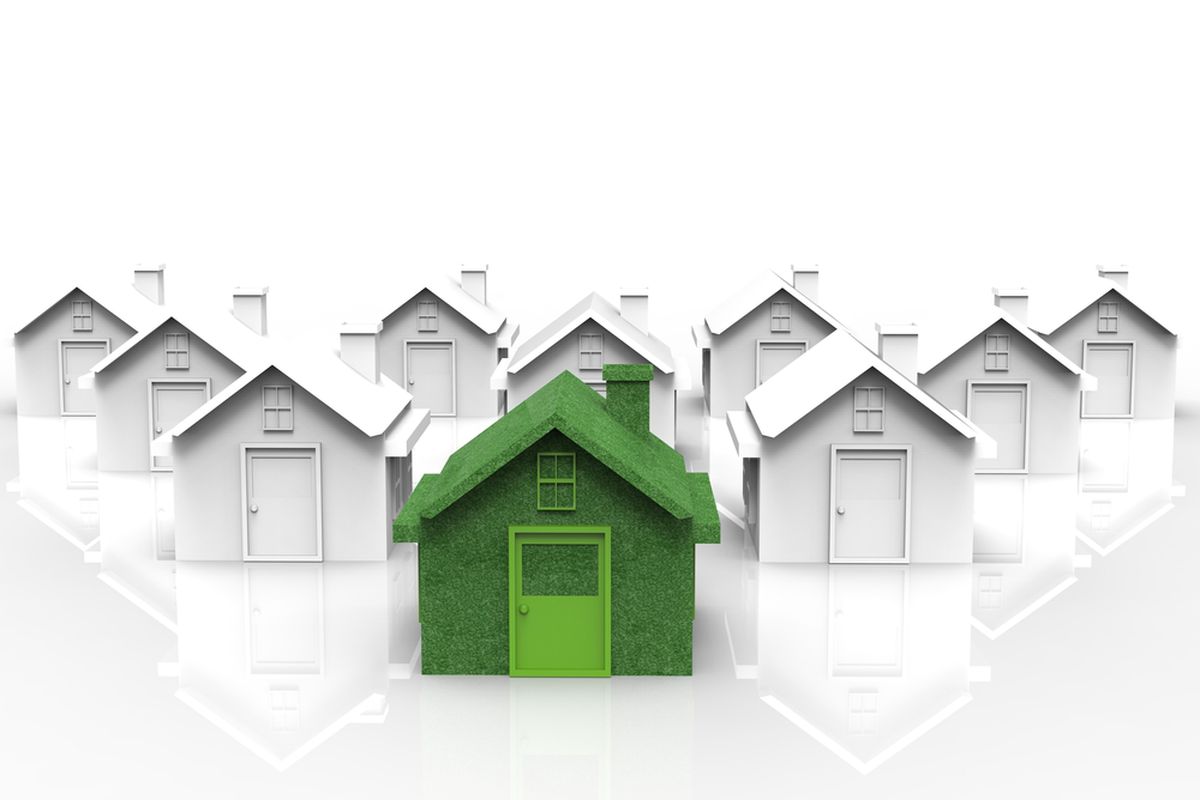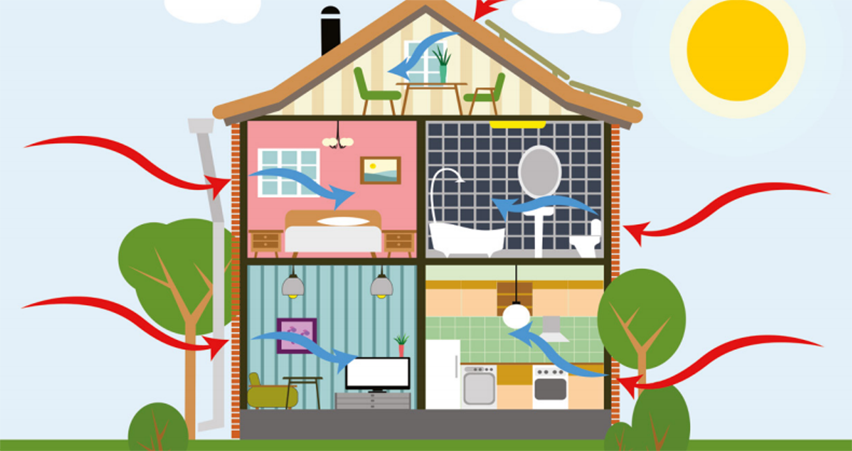Making your home energy efficient is one of those rare win-win scenarios in life where doing the right thing benefits you on a personal level, as well. First of all, an energy-efficient home is a frugal home, due to the fact that you get to pay a substantially lower utility bill. Second, LED bulbs, low-power appliances and other green trends, in general, tend to last longer, which means that you won’t have to pay for their replacement for a while. This also means that if you divide the cost of a device/appliance with the number of effective work hours, you get a much better ROI. These are just some of the many benefits that come from making your home energy efficient. Here is how you do it.

-
Stopping the heat from leaving your home
The first thing you have to do in order to make your home energy efficient is to figure out how exactly is your home losing heat. About 10 percent of the heat leaves your home through the doors, another 30 percent through the windows, about 25 percent leaves through the roof and an additional 35 percent leaves via your walls. This means that simple insulation won’t do the trick. Sure, it helps, but in order to make a real difference, you also need to replace your doors and your windows, as well as insulate the attic. There are some government organizations that offer grants in form of favorable loans or materials that you can use to insulate your home. This is definitely something worth considering.
-
Check your grid
The next thing worth considering is your installations, which might be faulty, thus posing a hazard, causing your appliances to malfunction more frequently and costing you a small fortune on your utility bill. The best step would be to have a reliable local electrician to do a thorough inspection of the place; however, not a lot of people feel comfortable spending money on these regular inspections. Instead, they look for signs of trouble before contacting a Sydney electrician to take a look at their NSW-based home. The most common signs are flickering or buzzing lights, but chewed wiring, discoloration or (worse yet) smoke are also a sign for an alarm.

-
Get low-power appliances
The most seamless way to save some money, while saving the planet at the same time, is to invest in low-power appliances, or simply use phone apps instead, like reliable thermometer apps. First of all, you need to keep in mind that just by buying a new appliance, you’re already making progress, seeing as how newer appliances are made to be more power-saving. Other than this, the older the device gets, the less energy efficient it tends to be, which results in a surge in power consumption and a fall in productivity. In order to get the most out of this, do your research on the appliance that you intend to buy or merely look for an Energy Star label when making a purchase.
-
Consider solar energy
Finally, when it comes to solar energy, the majority of people get easily discouraged because they plan too big. First of all, you don’t have to have a zero-energy home and you definitely don’t have to supply your entire home with solar panels. Instead, a lot of people are opting for solar-powered water heaters and similar minor appliances. The greatest benefit of this lies in the fact that investment money tends to be substantially smaller, while the ROI tends to be even greater. For instance, it may take up to 15 years for a standard solar panel to pay itself off, whereas a solar-powered water heater may return the cost of the investment in as little as two years.
Conclusion
As you can see, there’s so much you can do, while those interested in creating an ultimate eco-friendly household may be able to find even more available options. From the standpoint of your budget, first, you don’t have to implement all of these changes at once (even if it’s more efficient this way), and second, you can rest assured that these changes will yield a positive return in due time.
